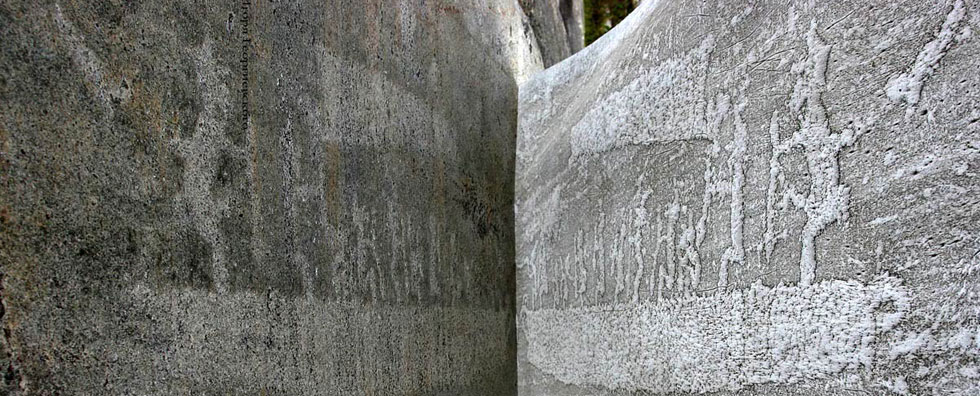
Issue №1, Vol. 19
Kalyashov V., Shapiro V., Grigorev I., Kunickaya O., Grigoreva O. Assessment of the efficiency of the skidding portage on the slope of the thawing soil mass under cyclic static loads // Resources and Technology. 2022. №1, Vol. 19. P. 129‒148.
DOI: 10.15393/j2.art.2022.6143
Assessment of the efficiency of the skidding portage on the slope of the thawing soil mass under cyclic static loads
| Kalyashov Vitalij | Saint Petersburg State University of Architecture and Civil Engineering, vit832@yandex.ru |
| Shapiro Vladimir | St. Petersburg State Forest Engineering University named after S. M. Kirov, shapiro54vlad@mail.ru |
| Grigorev Igor | Arctic State Agrotechnological University, silver73@inbox.ru |
| Kunickaya Olga | Arctic State Agrotechnological University, ola.ola07@mail.ru |
| Grigoreva Olga | St. Petersburg State Forest Engineering University named after S. M. Kirov, grigoreva_o@list.ru |
|
Key words: forests on slopes logging operations skidding soils forests on permafrost |
Summary: In the Russian Federation, a significant part of the forest fund is located on permafrost. Such areas include: Republic of Sakha (Yakutia), Komi Republic, Magadan Oblast, Yamalo-Nenets Autonomous Okrug, Chukotka Autonomous Okrug, Murmansk Oblast, and significant areas of Siberia and the Far East. Many of these regions have large reserves of mature and overmature forests, and a significant portion of these reserves is located in places that are inaccessible due to road network and topography challenges. Currently, a vast majority of timber harvesting in Russia is performed by using modern machinery complexes mainly composed of wheeled forest machines of various configurations and purposes (harvesters, forwarders and skidders). These machines can successfully operate even on fairly steep slopes due to special technical solutions, such as winches integrated into the transmission, or self-propelled winches (T-winch, ROB). However, the problem of negative effect of wheeled forest machines and skidding systems based on them not only remains topical, but becomes even more acute, since the ecosystems of mountain forests and forests on the slopes of hills are among the most vulnerable ones, exposed to water and wind erosion. The article presents the developed mathematical model of dynamic interaction of a wheeled forest machine (a skidding system) with soil on slopes. The model allows adequate assessment of stability and working capacity of the skidding trail at the stage of design (preparatory) works given reliable data on hydrogeology of thawing soil massif. The work was performed within the framework of the scientific school «Innovative developments in the field of logging industry and forestry» of the Arctic State Agrotechnological University. The research was supported by the grant of the Russian Science Foundation № 22-26-00009, https://rscf.ru/project/22-26-00009/. |
Displays: 700; Downloads: 450;




